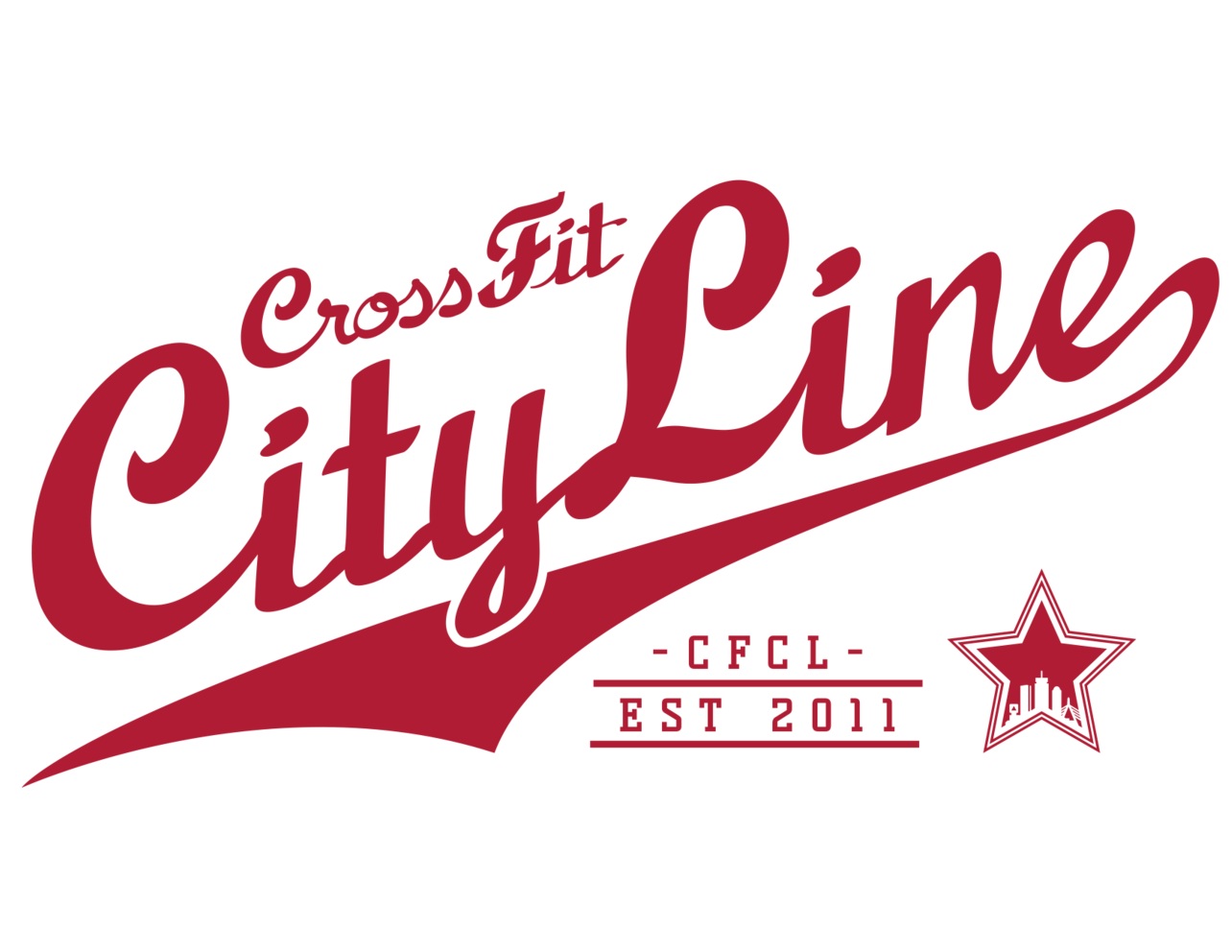Overhead Squat Challenge! Dec 15 - Dec 21
The ultimate test in midline stability, shoulder stability, and hip, ankle, thoracic spine, and shoulder mobility: The Overhead Squat.
-by Coach Rachel
Athletes find the overhead squat (OHS) the most challenging of the squats because of 3 key errors:
1) Internal Rotation of Shoulders
When coaches say, "armpits forward," this is the error they are correcting for. External rotation engages the latissimus dorsi ("lats" for short), the large muscles that are responsible for stabilizing weight overhead. When the shoulders internally rotate, the lats shut off and the upper trapezius muscles (aka "traps") take over. In addition, the position seen in the bottom of the improper OHS is unhealthy--neck impingements can result from this position.
2) Immature Squat
An immature squat is often caused by restrictions in hip and/or ankle mobility. Because the ankles or hips reach their end range, the athlete must drop their chest to continue descending in the squat. This often causes internal rotation of the shoulders.
3) Initiating Knees Forward vs Hips Back
This error is most common with athletes who squat towards their toes vs their heels. By descending into the OHS without sending the hips back, it is difficult to maintain balance, achieve full depth (hip crease below the top of the knee), and the posterior chain (hamstrings, glutes, etc.) is used far less than we want.
Overhead squats are a critical part of our training--mastering them leads to improved mobility in our hips, shoulders, T-spine, and ankles, and improved shoulder and midline stability. If you’re looking for ways to improve or test your core strength, look no further than the OHS.
The Challenge:
Accumulate 10 Rounds with a Partner of:
10 Squat Therapy (no weight)
10 Tempo OHS (3 seconds down, 1 second pause at the bottom, 3 seconds up)
10 Sotts Press
How to choose weight: Our goal is to practice right at the edge of our abilities rather than way beyond them or way beneath them. Choose a weight that challenges your particular restrictions, but that still allows you to perform multiple reps with proper technique.
Have your partner watch your squats and coach you.
On the Tempo Squats, engage your core by taking a deep breath at the top and bracing your abdominals.
If you have never done the Sotts press before, test with a PVC and then an empty bar before deciding on what weight to use. Tempo Squats and Sotts press should be at the same weight, but you may rest between them.
If depth is your challenge (immature squat), go lighter. If still challenging with a PVC, squat to a box. Get creative in figuring out ways to change your movement.
If you have ankle and/or hip mobility restrictions, the challenge movements will address them, but you may need more. Here are some mobility drills to add to your regimen:
Ankles:
Hips:
Banded Spiderman Stretch - add a band to the front hip in spiderman and draw circles with your knees. 1:00/side
Banded Pigeon Stretch - add a band to the front hip in pigeon and shift your belly button from center to over your heel to over your knee. 1:00/side
There are no wrong stretches or drills to try, so feel free to rotate through other stretches and techniques that you like!

